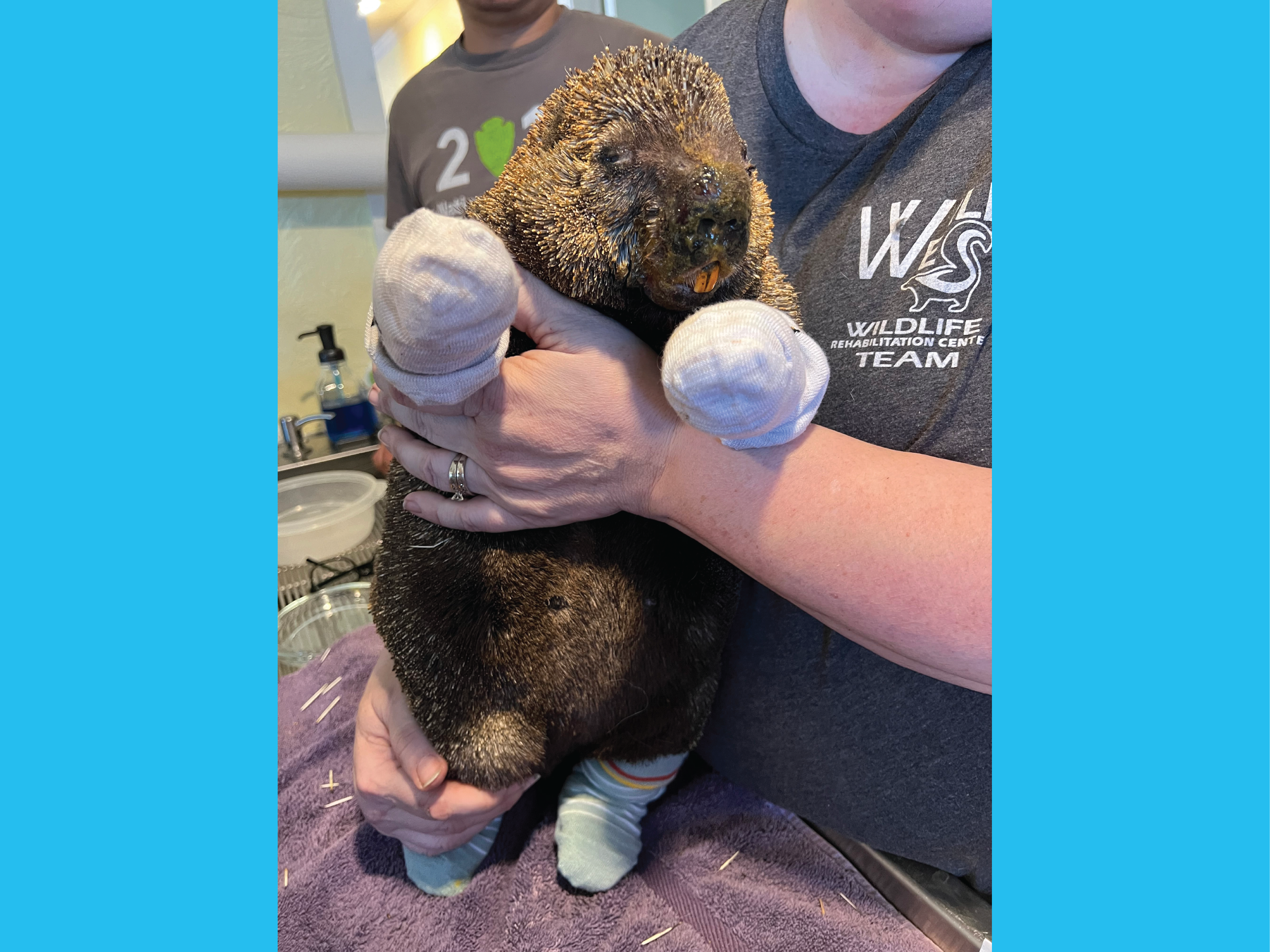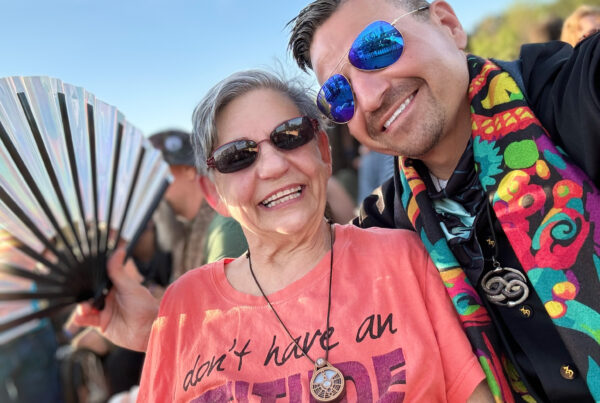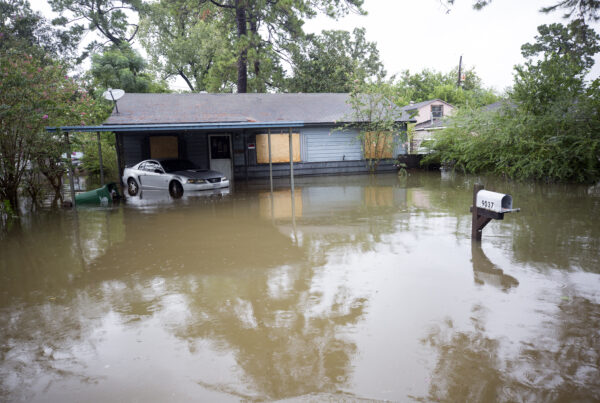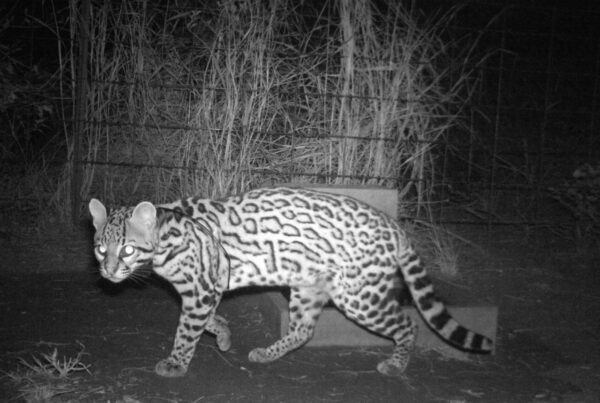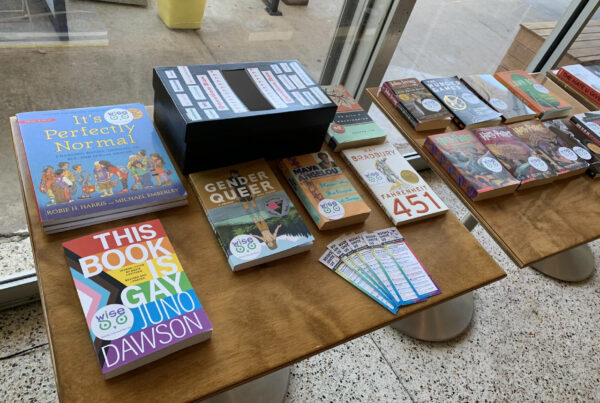It’s been close to two months since the start of the devastating wildfires across the Panhandle. The record breaking fires killed two people, thousands of head of cattle and untold numbers of wildlife.
But one small story of resilience has captured worldwide attention. It’s about Cinder, a porcupine that survived the wildfire at Lake Meredith. When some forestry workers spotted her, she was weak, had trouble breathing, and she was terribly burned.
Cinder was taken to the Wild West Wildlife Rehabilitation Center and placed in an oxygen chamber. They discovered she was pregnant, but her almost full-term baby had died. In the following weeks, she’s been fighting for her own life and progressing in rehabilitation.
Stephanie Brady is the founder and executive director of the Wild West Wildlife Rehabilitation Center in Amarillo. She joined the Standard to talk about the porcupine that has become a symbol of resilience in the Panhandle. Listen to the story above or read the transcript below.
This transcript has been edited lightly for clarity:
Texas Standard: Well, first of all, how is Cinder doing right now?
Stephanie Brady: She’s doing well. She’s still healing. You know, burns are a long process, but she’s doing a lot better. One thing that has not changed since we’ve gotten her since day one is she has a fantastic appetite.
Oh, well, that probably helps with her healing process. What was the process of rescuing Cinder and the other animals, the other wildlife, from the wildfire?
Well, on the Cinder situation, we received a call from the Oregon Forestry Service that was out at Lake Meredith, and they were doing some cleanup after the Windy Deuce fire had gone through there, and they are the ones that actually spotted her just sitting there, kind of slumped over.
Honestly, it was a very pitiful sight. Like she was just defeated and nothing but burnt ground all the way around her for as far as your eyes could see. They immediately contacted us, and one of our transporters ran out there to get her.
She was having difficulty breathing, obviously, from all the smoke inhalation. Her feet were badly burned. Her eyes, her nose, her quills were halfway burnt down all the way. So we had to triage right away on oxygen and fluids to get her going. So that’s how we got her into our care.
And, you know, then phone calls would kind of trickle in after that of people finding animals that were injured. We got a lot of baby squirrels in. We also got in a barn owl that was covered in soot and it did wonderfully on oxygen and steroids and fluids and was able to be rereleased.
And, of course, there were some that we got that were just so badly burned that we were not able to rehabilitate them and the most humane thing to do, was to euthanize.


